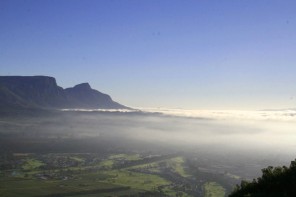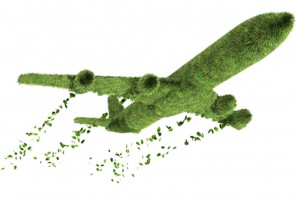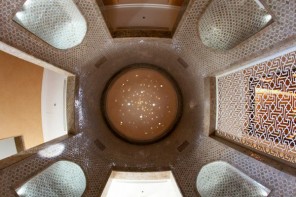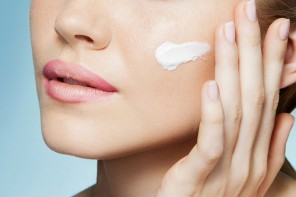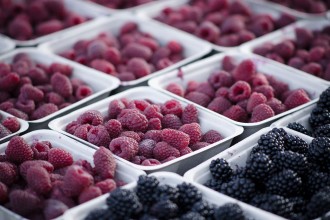Philips Brings Africa To Light
Article by: Janine Erasmus
Electronics giant Philips has developed an environmentally-friendly solar-powered reading light that is targeted at the education sector in Africa, giving schoolchildren the means to carry on with their homework after darkness has fallen, especially in communities where electricity supply is erratic or non-existent.
In rural communities especially, many children are assigned family chores to do after school, resulting in a race to finish schoolwork before the sun sets. Not only does unfinished homework have to cease, but life in general grinds to a halt in many parts of Africa during the night, affecting economic activities and quality of life.
According to Philips, about 1.7-billion people around the world have to choose between total darkness at night, or the potentially dangerous alternatives of candles or kerosene lamps. Of those, about 500-million live in rural Africa, with a scant 2% having access to any electricity in these far-flung areas. In South Africa´s informal settlements hundreds have lost their lives in shack fires caused by uncontrolled flames.
Besides the health and safety risks, there are other disadvantages associated with kerosene lanterns – oil-driven prices fluctuate, and low luminosity makes it hard, if not impossible, to read.
Light In The Dark
In poor homes lighting is one of the biggest expenses, typically accounting for 10-15% of total household income, according to the World Bank. This is an expenditure that gives little in return. As part of a new range of sustainable lighting solutions developed by Amsterdam-based Philips for those with little or no access to electricity, My Reading Lamp is set to eradicate these problems and make a real difference in the lives of many disadvantaged people.
My Reading Light is a lightweight reading light with a built-in rechargeable battery that charges under the sun´s power during the daylight hours, and allows its user to read and write in the dark. Children who are forced to close their books when the sun goes down will now have more time to devote to their homework.
Sustainable and Durable
The sustainable range consists of three solar powered lighting products and a wind-up torch. The former include My Reading Light, a portable lantern with two light level settings that will work for up to four hours, and a complete home solar lighting kit which can provide light for a whole evening.
The reading light is constructed in such a way that night reading does not strain the eyes, with patented LED light sources softly and evenly dispersed by an anti-scratch Perspex sheet that covers the page. The battery, once fully charged, provides light for between 3.5 and nine hours, depending on the brightness level. There are three brightness settings, and the battery can be charged more than 500 times.
The wind-up torch is powered by a dynamo that provides 17 minutes of light after just two minutes of winding by hand. Light is provided by light-emitting diodes (LEDs) which are bright and energy efficient, thus draining the battery at a slower rate than a normal bulb.
The three lighting products are expected to be available from mid-2009, while the torch is already on the market. Being portable, all products are of necessity extremely robust and, according to Philips, affordable. The reading light will be available in two versions: a standard and a slimmed down, low-cost version with a consumer price of less than R150 ($15). Still, this amount is almost certainly beyond the budget of those who need it most. However, there is a credit model available that allows customers to pay for the product in small installments.
Win-win Situation
Philips Lighting CEO Rudy Provoost said that the new LED-based solar-powered solutions offer a double benefit – “the lives of people in Africa will be generally improved, and LEDs result in a very low carbon footprint“, he commented.
Philips has partnered with the Dutch Ministry of Foreign Affairs on the Sustainable Energy Solutions for Africa (Sesa) project. Established in July 2008, Sesa´s aim is to provide 10-million people in 10 sub-Saharan countries with affordable and sustainable energy services for lighting, cooking and water purification, by 2015.
This is in keeping with the United Nations Millennium Development Goals project, a set of eight goals agreed on by developed countries to improve the lives of people in emerging countries. Philips is working on the technology and distribution, while the ministry is focusing on market development, including entrepreneurial training and support of finance and micro-lending mechanisms.
“Giving things away for free often proves unsustainable,” said Dutch foreign minister Bert Koenders. “People in rural Africa currently use kerosene and batteries. They will soon be able to buy solar lamps, paying for them in installments with the aid of micro-credit. After one or two years, they will have paid for their sustainable lamps and the only costs they incur (minor ones) will be for maintenance.”
Lighting Africa
Philips is also involved in the World Bank initiative known as Lighting Africa. Launched in 2007, the programme is jointly managed by the World Bank and the International Finance Corporation, a World Bank member.
Lighting Africa seeks to involve corporations in developing innovative ways of bringing non-fossil fuel lighting sources, such as compact fluorescent light bulbs and light emitting diodes, to Africans who are not connected to any power grid. The World Bank has set the target of bringing affordable lighting to 250-million people by 2030.

